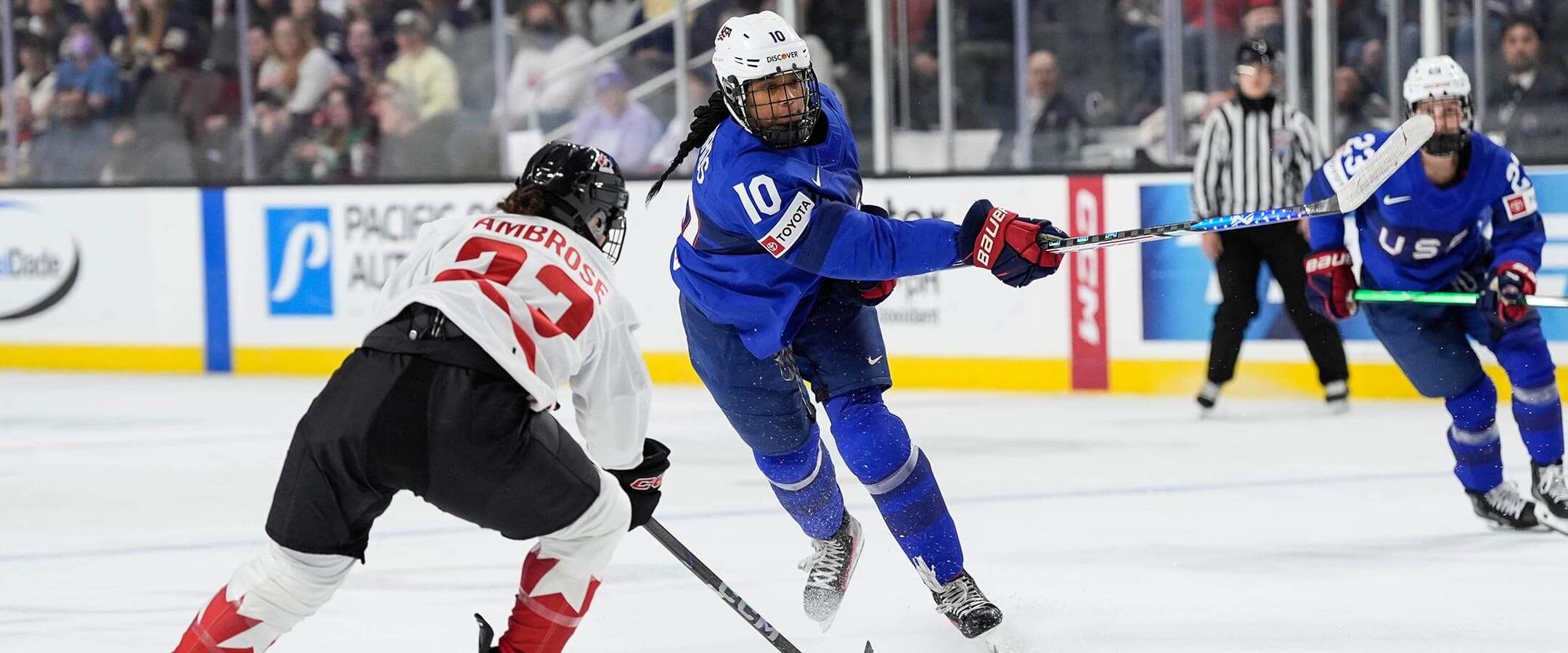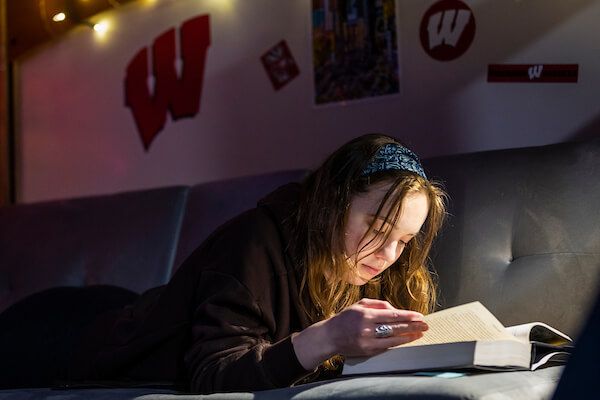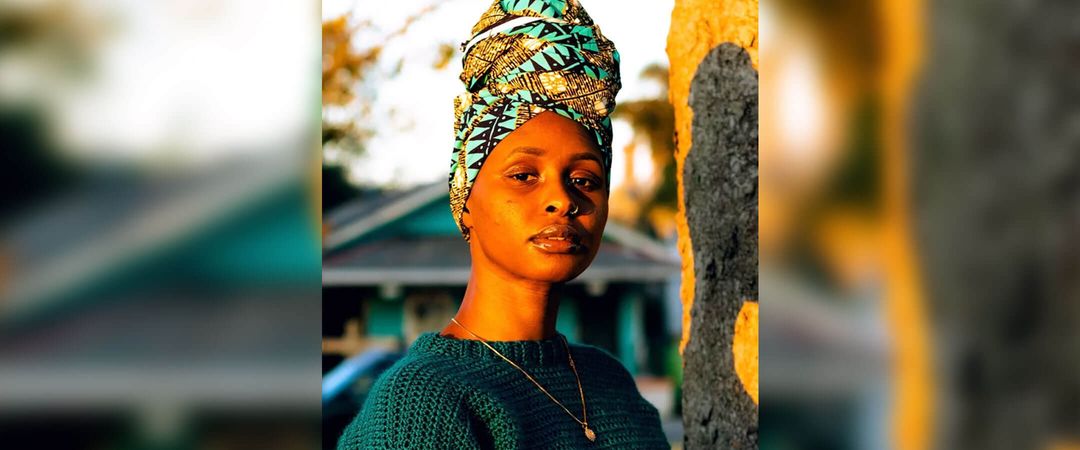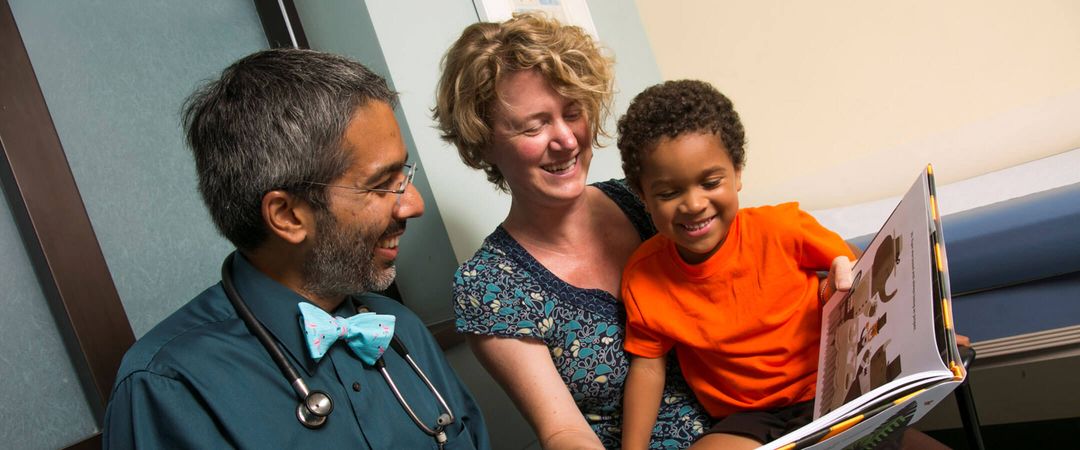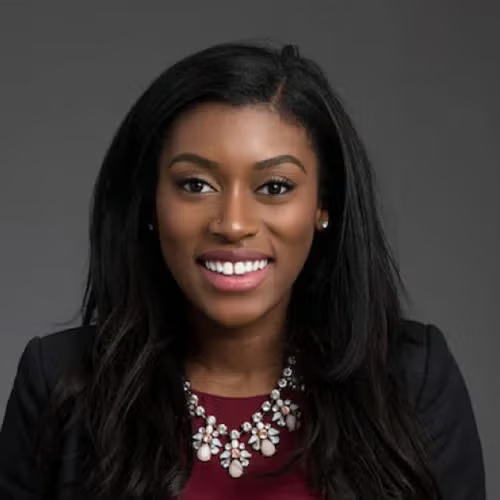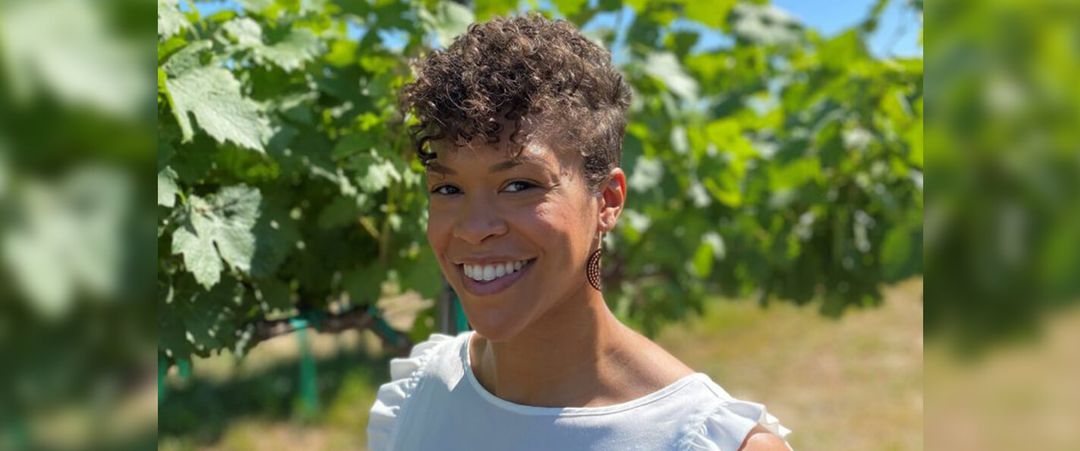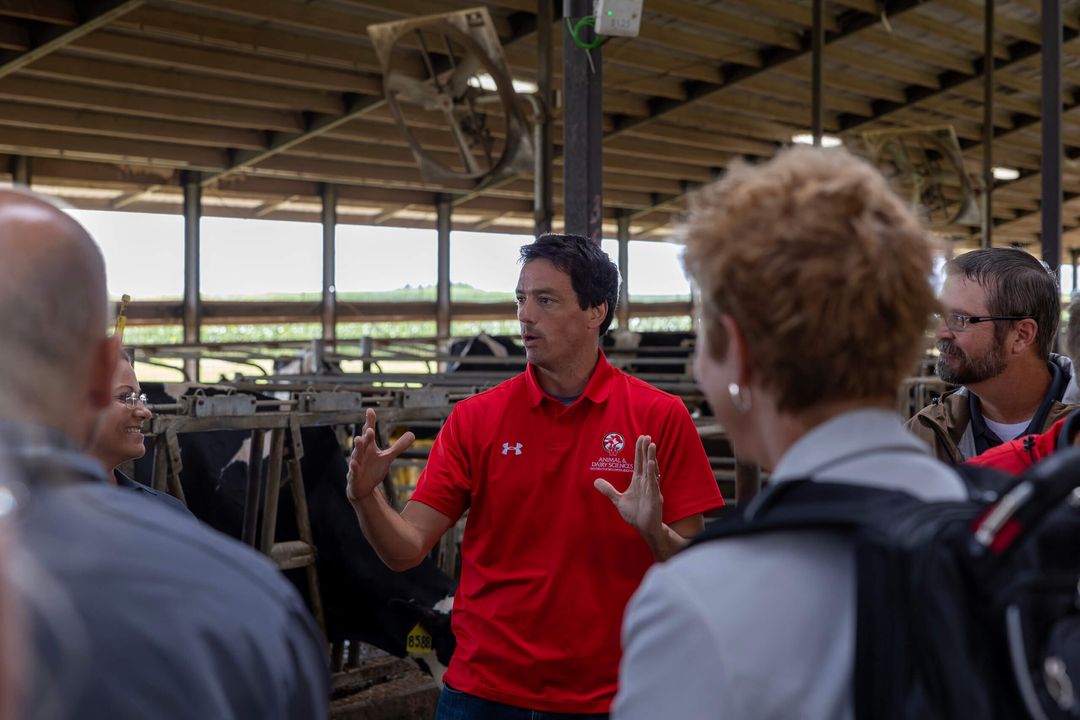When Wisconsin women’s hockey forward Laila Edwards x’26 went out for the U.S. women’s national team in 2023, she was chasing her lifelong dream of competing in the Winter Olympics. It was only after her tryout that she learned that by making the team, she would also be making history as the first Black woman to skate with Team USA.
When Edwards tells the story, she uses phrases like “If I made it,” and “I would be,” suggesting a possibility she wouldn’t make the cut. Anyone who knows Edwards will immediately recognize her sincere thoughtfulness and humility, and anyone who’s seen her play will know that there was never a world in which this powerhouse-on-ice didn’t make the national team.
Edwards, a junior, has already amassed a long list of accolades in a career that’s just getting started. As a freshman skating alongside sister Chayla Edwards ’23, she played in all 41 games of her rookie season and scored against Minnesota in the semifinals to help the Badgers win their seventh national championship. In her series debut at the 2024 International Ice Hockey Federation (IIHF) Women’s World Championship, she put up a hat trick against Finland during the semifinals, tied for the tournament lead in scoring, and became the youngest player ever named IIHF Women’s Worlds MVP. In May, she received the Bob Allen Player of the Year Award from USA Hockey. And on home ice this November, she became the 33rd Badger to score 100 points playing for the UW (and only the third to do it in fewer than 100 games).
A résumé like that would be enough for some athletes to rest their laurels on, but not Edwards. Victory is sweet, she says, but the accomplishment of which she’s most proud is the one from which the most people will reap the benefits. Edwards is the first Black woman to skate with Team USA, and she hopes that her example inspires more young athletes of color to lace up their skates and chase the same dream.
You grew up skating at the same rink your dad skated at. Is hockey a family thing?
Yes, my dad started playing hockey, and he was actually really good at it. He ended up going D1 in baseball, but his love was always with hockey, so he had my siblings and [me] start in it. But he also made us do figure skating so that the transition to hockey was easier, so we each got more work on our skating, because that’s one of the hardest parts. Once I got into hockey, and it wasn’t really a choice for me to pick between figure skating and hockey — it was always hockey — but figure skating was just a helper.
The uniform is very different, too.
If I’m being honest, I didn’t love [figure skating] because I had to dress up and stuff when we had performances and things like that, and I was a tomboy back then, too, [but] I was wearing tutus and makeup.
You played your first two years with the Badgers alongside your sister, Chayla. Did you play on the same teams growing up?
I never actually got to play with Chayla growing up. Here was the very first time we actually got to play on a team together. … It was super cool. We [went] to different high schools, so it was kind of like reuniting, even though we never got to play with each other, but obviously we lived together. And it was just nice to have a familiar face in the locker room, a family member who you can go to [and] count on for anything. And she was just a great teammate. She was always a good sister, but I never had her as a teammate, so that was really nice to have — a good shoulder to lean on.
Did your other siblings continue with hockey, too?
I have two brothers, an older brother who played and a younger brother who still plays. I modeled some of my game off my older brother — he’s a really good passer [and has] good vision. My little brother is just a beast. He’s got all the characteristics and skill sets.
Who are some of your hockey role models?
Growing up, I was a huge fan of Alex Ovechkin. … He was someone that I used to model my game after, and Hilary Knight [’12]’s. Currently, I model my game after Auston Matthews. I think he’s an incredible 200-foot player who has very nice skills and very good shot, good IQ, so I try to take some of his game and implement it into mine.
How would you describe your game?
I would describe my game as unique. I think I slow the game down, and I change the pace of it. I’ve been told I have good IQ [and a] good shot. I like to set people up. The one word I’d probably use is “playmaker.” I really like to create plays and share the puck, but when it’s time, I like to shoot it, too. I think I’m big, so I like to protect the puck and use my body to my advantage. … There’s not that many tall people in hockey, and I’m probably the tallest in the team. And if there are taller players, they’re typically defensemen, so I just think I’ve got a unique frame and a unique style.
Who are some of your role models outside of hockey?
My mom. She’s a great person. She roots for everyone. She’s happy for everyone. She’s genuine, and I think her generosity is very inspiring and the way she treats people is just always trying to make other people’s days better. I think that’s incredible and that’s something I want to do. She makes the people around her better.
She sounds like a hockey mom.
She’s always at games. She comes here almost every home weekend. It’s an eight-hour drive.
What were some of your goals as a young hockey player?
My first goal was to go to the NHL, but that was before I was mature enough to realize that wasn’t possible. And then I discovered the U.S. women’s national team, and I was like, “Wow, that’s really cool. I want to be the next Hilary Knight. I want to play. I want to put that jersey on.” I was able to put that jersey on for the first time when I was 18 — actually, here in Madison — for the 2022 U18 Worlds. My next goal was to get on that senior national team and play at Worlds, which I’ve had the incredible opportunity to do, but my number one goal is probably to play in the Olympics for the U.S. I haven’t achieved that yet, but I would love to.
Do you think you might play in the newly formed Professional Women’s Hockey League?
Yes, definitely. I mean, growing up I didn’t have that goal because there wasn’t something like that, but now it’s a great thing to have, so I have a future post-college outside of USA Hockey. … I’m hoping to get drafted, and I’m looking forward to it regardless. It’s a great opportunity for women’s hockey.
Do you have any pregame rituals or superstitions?
I’m actually not a superstitious person at all, and I like to be really laid-back. … I prefer to ramp up the intensity when it’s necessary, which is when the puck drops. So prior, I don’t do anything crazy. Actually, not many people know this, but I FaceTime my four-year-old nephew. He’s super cute. I FaceTime him before every game if I can. He just says, “Go Badgers. Good luck. Love you.” It’s his little thing. It’s really cute. So, I would say it’s part of my routine, but I don’t want to say superstition.
Which of your achievements thus far has been the most meaningful to you?
The one that stands out the most to me for many reasons is being the first African American on the U.S. women’s national team. … I mean, MVP was great. Bob Allen, all those things were incredible honors, but I think this thing is going to make the most impact on people’s lives, which really fills me with gratitude and honor.
When you joined Team USA, did you know you’d be the first Black woman to do so?
It’s actually funny, I didn’t really think about it until after the tryout. My mom was like, “Do you know that you could be the first Black woman on the team?” And I was like, “No. Are you sure?” Because I know there are other people who played U18 and things like that. But she was right, and once I found out — it was fact-checked and everything — I was like, “Wow, it’s a big deal. I’ve made history.”
How has hockey shaped your life?
Hockey has done many things for me. It’s taught me a ton of lessons, good and bad, and it’s given me my best friends. It has allowed me to travel the world. But I think mostly what it’s done off the ice has had the biggest impact. There’s been a countless amount of times I’ve been the only person of color in the room or in the whole arena, and I think that’s taught me to learn how to be comfortable within my own skin.
What would you like your legacy to be?
I would like my legacy to be that I was just someone that anyone could look up to, regardless of their race, gender, and even their sport. I just want to be a role model, because I think for many people, if you can see it, you can be it. I want to be someone that young girls of color can look at [and think], “Wow, she’s at a high level, she’s succeeding there, she’s carrying herself well, I want to do that.” … I want to be looked at as someone who makes people around them better on the ice, but more importantly, off the ice.
